In photography there is a reality so subtle that it becomes more real than reality
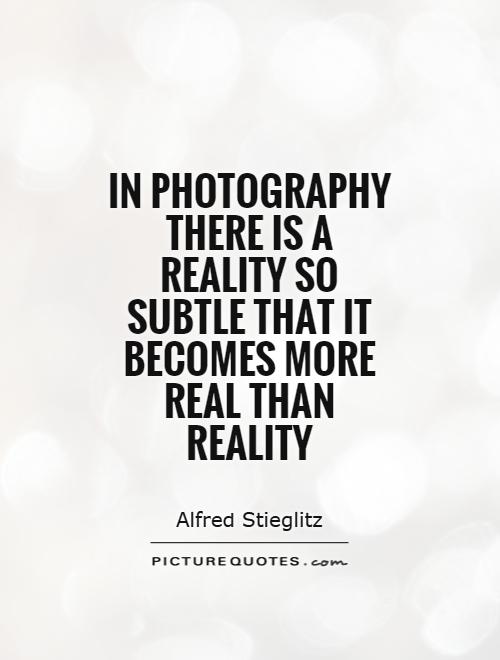
In photography there is a reality so subtle that it becomes more real than reality
Alfred Stieglitz, a pioneer in the world of photography, understood the power of capturing moments in a way that transcended mere representation. His work often delved into the realm of abstraction, pushing the boundaries of what photography could achieve as an art form. Stieglitz believed that through the lens of a camera, one could capture a reality so subtle that it became more real than reality itself.Stieglitz's famous quote, "In photography there is a reality so subtle that it becomes more real than reality," speaks to his belief in the transformative nature of photography. He saw the camera as a tool for revealing hidden truths and emotions, allowing the viewer to see the world in a new light. Through his innovative use of composition, lighting, and subject matter, Stieglitz was able to create images that went beyond mere documentation, capturing the essence of a moment in a way that was both profound and deeply personal.
One of Stieglitz's most famous series of photographs, "Equivalents," exemplifies his belief in the power of photography to reveal hidden realities. These abstract images of clouds, taken between 1922 and 1935, are not meant to represent literal depictions of the sky, but rather to evoke a sense of emotion and atmosphere. Stieglitz believed that through these images, he could capture the essence of a moment in a way that transcended the limitations of traditional representation.
Stieglitz's work was groundbreaking in its time, challenging the conventions of photography and pushing the medium in new directions. His belief in the power of photography to reveal hidden truths and emotions continues to inspire photographers to this day. Through his innovative approach to composition and subject matter, Stieglitz was able to capture a reality so subtle that it became more real than reality itself.
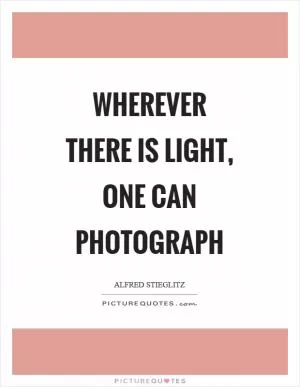
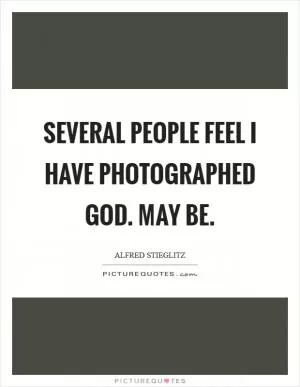
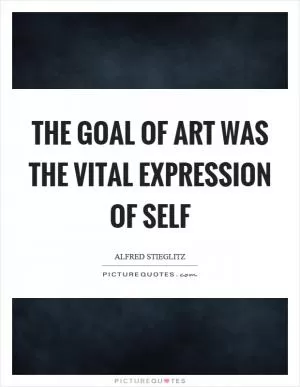




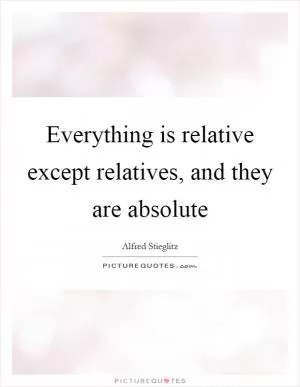
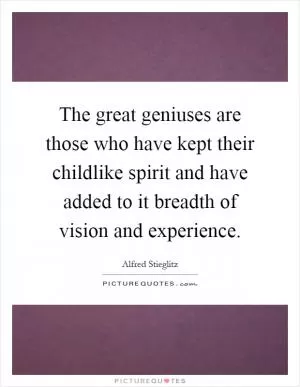
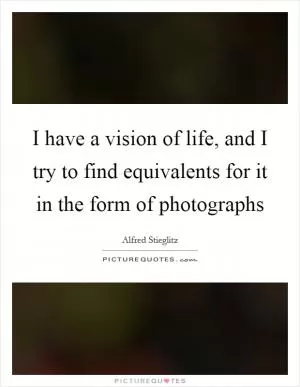
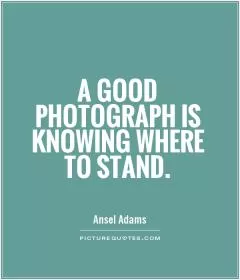
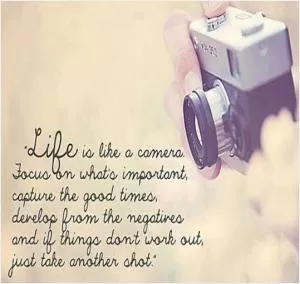
 Friendship Quotes
Friendship Quotes Love Quotes
Love Quotes Life Quotes
Life Quotes Funny Quotes
Funny Quotes Motivational Quotes
Motivational Quotes Inspirational Quotes
Inspirational Quotes